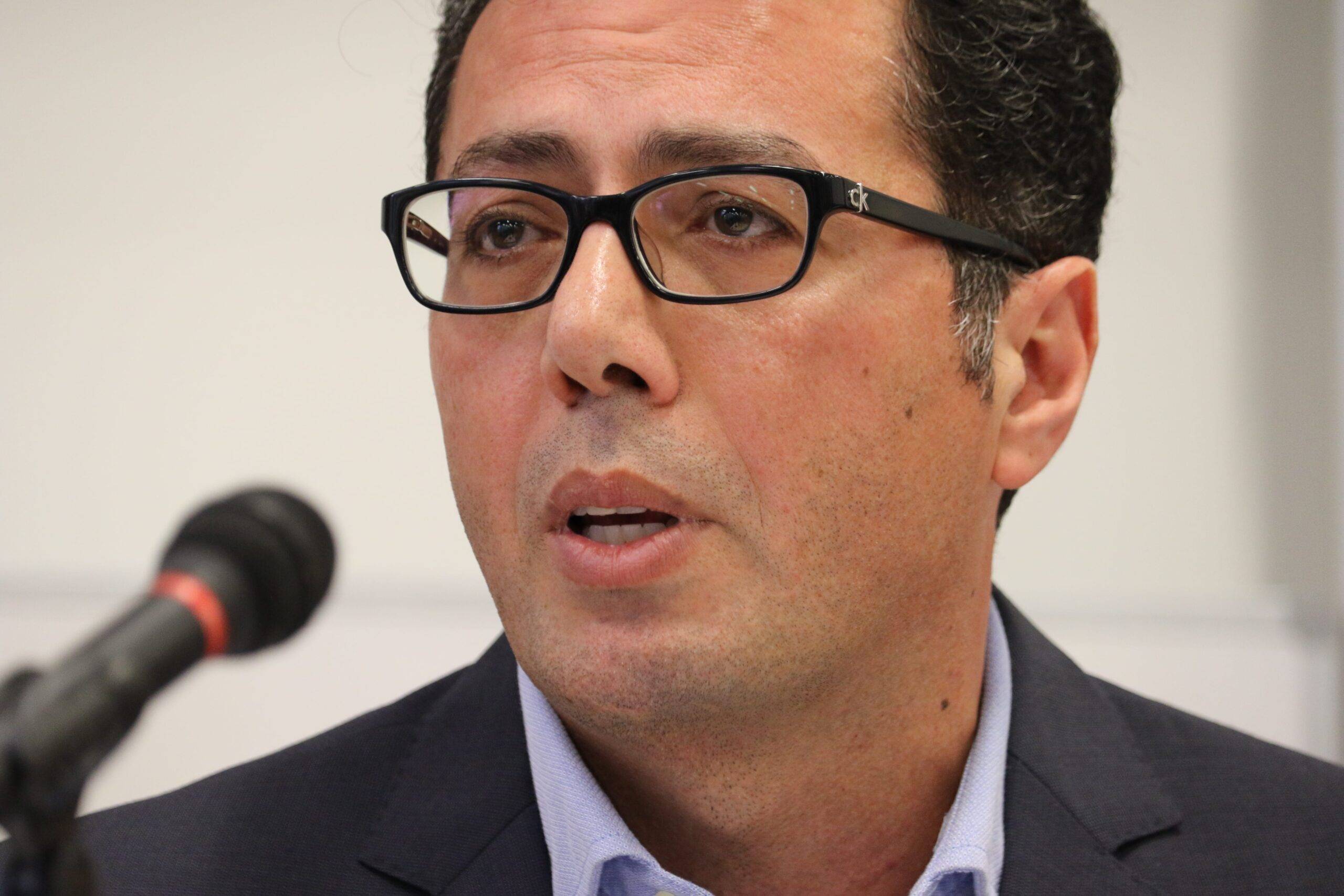The Russia-Ukraine war has turned quickly into a global conflict. One of the likely outcomes of this is the redefinition of the current world order, which has been in effect at least since the collapse of the Soviet Union over three decades ago.
Indeed, there is a growing sense that a new global agenda is forthcoming, one that could unite Russia and China and, to a degree, India and others, under the same banner. This is evident, not only in the succession of earth-shattering events underway, but also — and equally importantly — the language employed to describe these events.
The Russian position on Ukraine has morphed throughout the war from merely wanting to “demilitarise” and “de-Nazify” Ukraine, to a much bigger regional and global agenda, to — as per the words of Russian Foreign Minister Sergey Lavrov — “put an end to the unabashed expansion” of NATO, and the “unabashed drive towards full domination by the US and its Western subjects on the world stage.”
On 30 April, Lavrov went further, saying in an interview with the official Chinese news agency Xinhua that Russia’s war “contributes to the process of freeing the world from the West’s neocolonial oppression,” predicated on “racism and an exceptionality.”
Russia is not the only country that feels this way. China does too, as well as India and many others. The meeting between Lavrov and Chinese Foreign Minister Wang Yi on 30 March served as a foundation of this truly new global language. Statements made by the two top diplomats were more concerned about challenging US hegemony than the specifics of the Ukraine war.
READ: Russia-Ukraine war jeopardising food security in the Middle East, Africa
Those following the evolution of the Russia-China political discourse, even before the start of the Russia-Ukraine war on 24 February, will notice that the language employed supersedes that of a regional conflict, into the desire to bring about the reordering of world affairs altogether.
Is this new world order possible, though? If yes, what would it look like? These questions, and others, remain unanswered, at least for now. What we know, however, is that the Russian quest for global transformation exceeds Ukraine by far, and that China is on board.
While Russia and China remain the foundation stones of this new world order, many other countries, especially in the Global South, are eager to join. This should not come as a surprise, because frustration with America’s unilaterally-led world order has been brewing for many years, and has come at a great cost. Even the Secretary-General of the United Nations, Antonio Guterres, though timid at times, has warned against this unilaterality, calling instead on the international community to commit itself to “the values of multilateralism and diplomacy for peace.”
However, pro-Russian stances in the South — as demonstrated by the refusal of many governments to join western sanctions against Moscow, and the many displays of popular support for Russia through protests, rallies and statements — continue to lack a cohesive narrative. Unlike the Soviet Union of yesteryear, today’s Russia does not champion a global ideology like socialism, and its current attempt at articulating a relatable global discourse remains, for now, limited.
It is obviously too early to examine any kind of superstructure — language, political institutions, religion, philosophy, etc. — resulting from the Russia-NATO globalised conflict, the Russia-Ukraine war and the growing Russia-China affinity. Although much discussion has been dedicated to the establishment of an alternative monetary system, in the case of Lavrov’s and Yi’s new world order, a fully-fledged substructure is yet to be developed.
New substructures will only start forming once the national currency of countries like Russia and China replace the US dollar; alternative money transfer systems, like CIPS, are put into effect; new trade routes are open; and, eventually, new modes of production replace the old ones. Only then will superstructures follow, including new political discourses, historical narratives, everyday language, culture, art and even symbols.
READ: Russia FM visits Algeria to discuss Ukraine, Libya crises
The thousands of US-Western sanctions slapped on Russia were largely meant to weaken the country’s ability to navigate outside the current US-dominated global economic system. Without this maneuverability, the West believes, Moscow will not be able to create and sustain an alternative economic model that is centred on Russia.
It is true that US sanctions on Cuba, North Korea, Iraq, Iran, Venezuela and others have failed to produce the coveted “regime change”, but they have succeeded in weakening the substructures of these societies, denying them the chance to be relevant economic actors on regional and international stages. They were merely allowed to subsist, and barely even that.
Russia, on the other hand, is a global power, with a relatively large economy and international networks of allies, trade partners and supporters. Keeping that in mind, regime change is unlikely to take place in Moscow any time soon. The latter’s challenge, however, is whether it will be able to orchestrate a sustainable paradigm shift under current western pressures and sanctions.
Time will tell. For now, it is certain that some kind of a global transformation is taking place, along with the potential for a “new world order”, a term which has been, ironically, employed by the US government more than any other.
The views expressed in this article belong to the author and do not necessarily reflect the editorial policy of Middle East Monitor.

![A view of the Azovstal plant as the Russian army has taken control of Ukraine's besieged port city of Mariupol except for the Azovstal plant on April 22, 2022 [Leon Klein - Anadolu Agency]](https://i0.wp.com/www.middleeastmonitor.com/wp-content/uploads/2022/04/AA-20220423-27647796-27647770-MARIUPOLS_LAST_STRONGHOLD_AZOVSTAL_PLANT_STILL_RESISTS_AGAINST_RUSSIAN_FORCES.jpg?fit=920%2C613&ssl=1)







